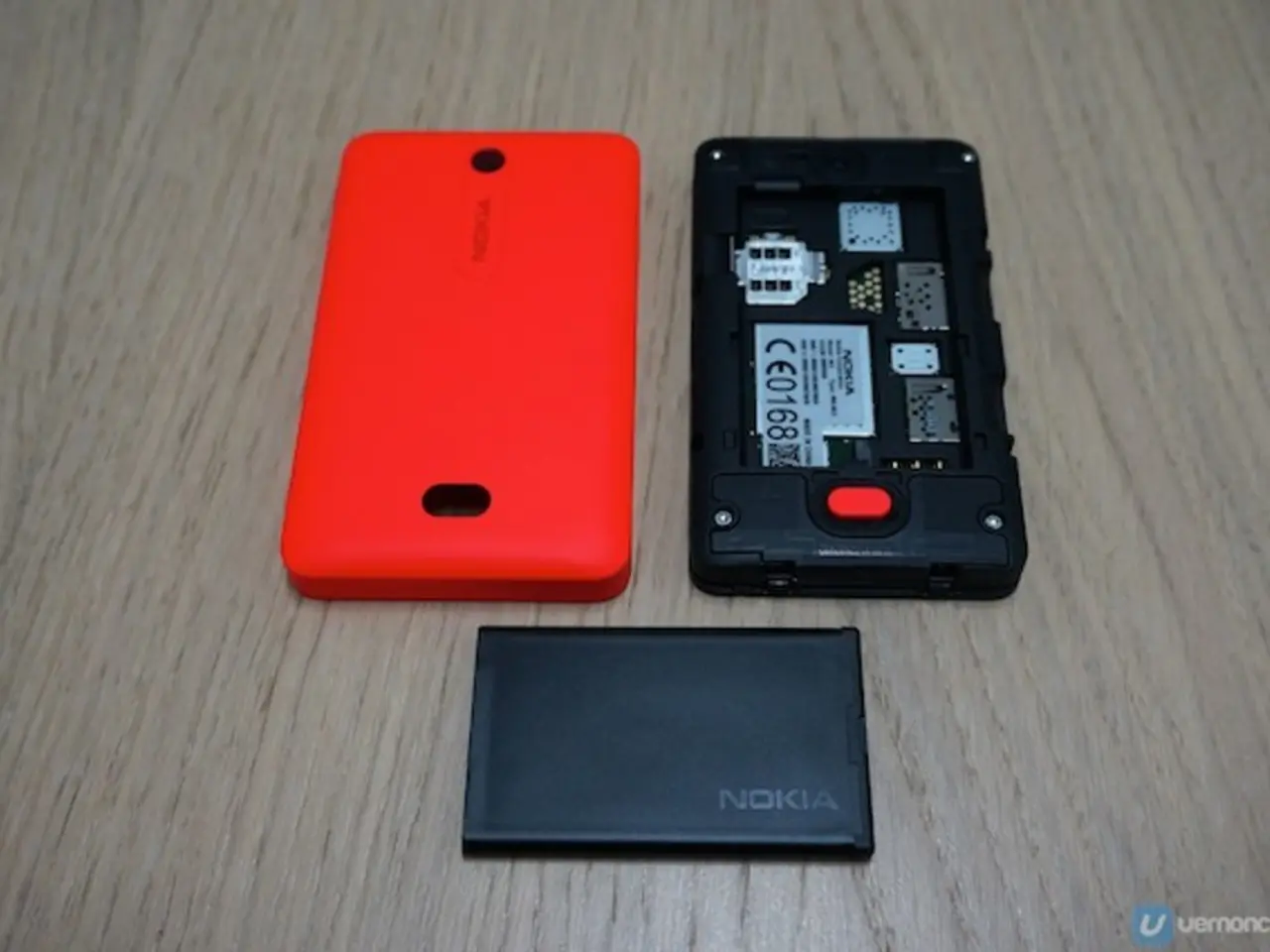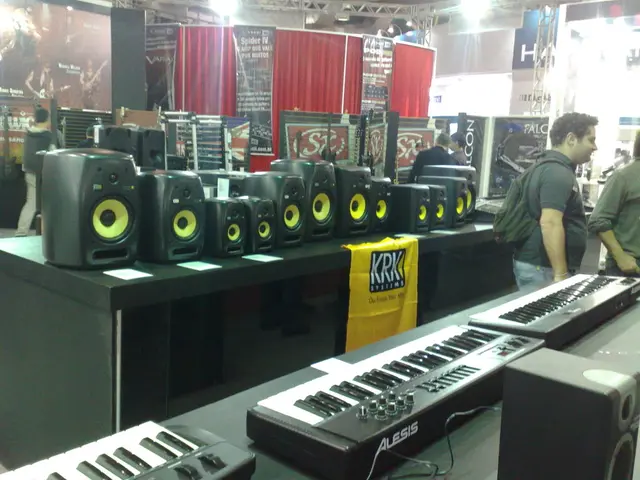Rapid Expansion of Electric Vehicles Utilizing High-efficiency, Affordable Sodium-based Batteries
Korea Institute of Science and Technology Develop Novel Anode Material for Sodium-ion Batteries
The Korea Institute of Science and Technology (KIST) has made a significant breakthrough in the field of battery technology, developing a novel, high-performance, and economical anode material for sodium-ion secondary batteries. This development could potentially revolutionize the energy storage industry, offering a more cost-effective alternative to lithium-ion batteries.
Sodium-ion batteries are drawing considerable attention as the next-generation secondary battery. Unlike lithium-ion batteries, which use lithium ions for energy storage, sodium-ion batteries use sodium ions. This makes them more cost-effective, as sodium is over 500 times more abundant in the Earth's crust than lithium.
However, the instability of sodium ions in traditional anode materials has been a challenge. To address this issue, KIST's research team used molybdenum disulfide (MoS) as a candidate for large-capacity anode materials. The team overcame the high electrical resistance and structural instability issues of MoS by creating a ceramic nano-coating layer using silicone oil.
The simple process of mixing the MoS precursor with silicone oil and heat-treating the mixture produces a stable heterostructure with low resistance and enhanced stability. The developed sodium-ion battery can stably store a large amount of electricity, maintaining this capacity even after 200 rapid charge/discharge cycles.
The evaluated material can stably store at least twice as much electricity (~600 mAh/g) as the MoS material without coating. This novel anode material, developed by KIST, can store 1.5 times more electricity than the graphite anode used in commercial lithium-ion batteries.
The ceramic nano-coating layer imparts high conductivity and rigidity to the MoS surface, resulting in low electrical resistance of the material and high structural stability. If adapted for the large-scale manufacturing of anode materials, the method could lower production costs and boost the commercialization of sodium-ion batteries for large-capacity power storage devices.
The development of this novel anode material is a significant step towards the widespread adoption of sodium-ion batteries. With various automobile companies preparing to shift from internal combustion (IC) engine vehicles to electric vehicles (EVs), the need for cost-effective, high-capacity batteries is increasingly important. Governments are also subsidizing EVs to promote sales due to their higher cost compared to IC engine vehicles.
In conclusion, the KIST research team has developed a promising anode material for sodium-ion batteries, offering a potential solution to the instability issues of sodium ions and providing a more cost-effective alternative to lithium-ion batteries. The team's method uses cost-effective, eco-friendly materials, making it a promising candidate for large-scale manufacturing and the commercialization of sodium-ion batteries.








